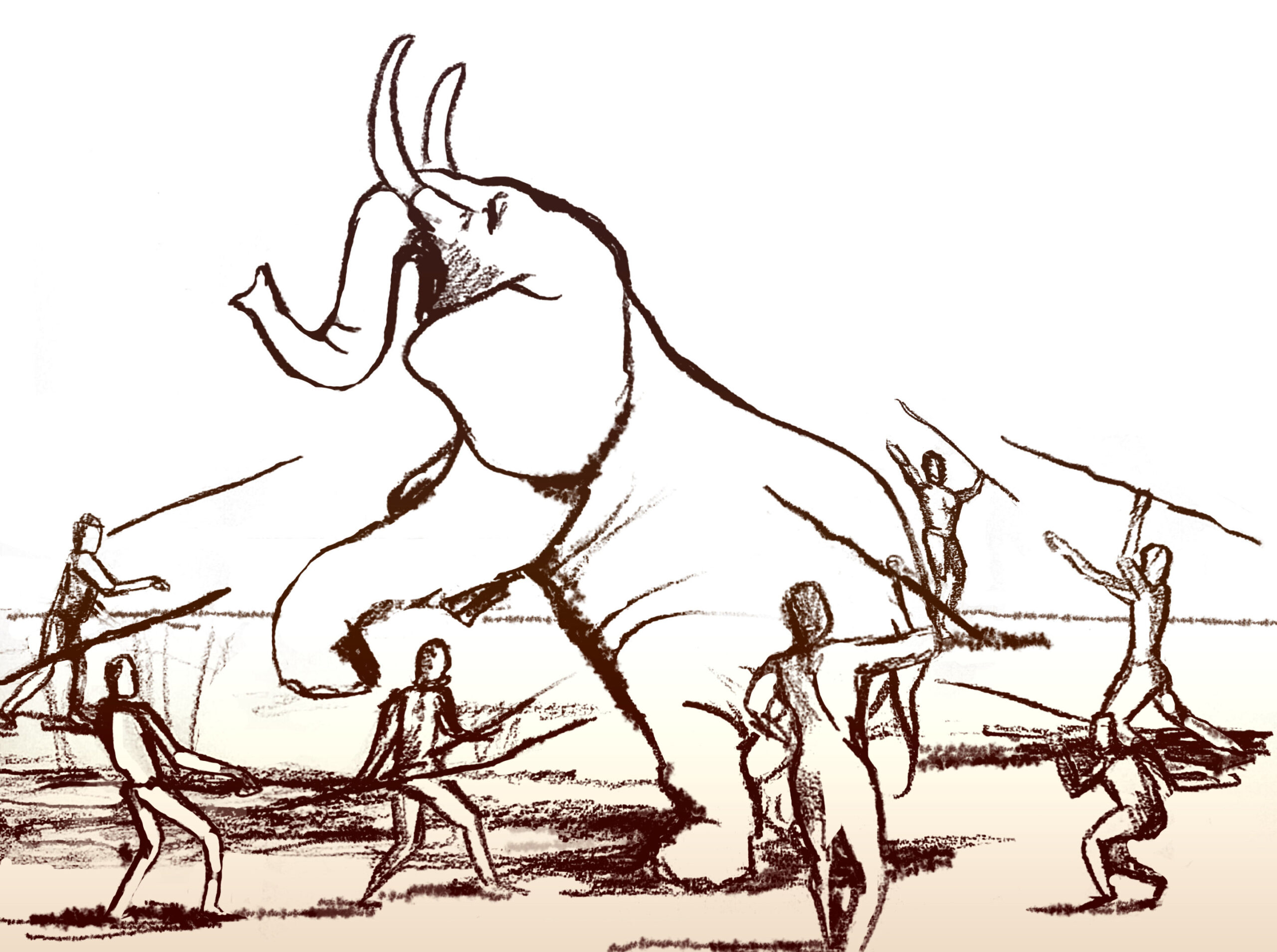For millennia, archaeologists have puzzled over the seemingly random distribution of Paleolithic stone tool-making sites. Why would early humans, particularly those of the Lower Paleolithic period, meticulously quarry and craft tools at specific locations, often ignoring seemingly equally suitable flint sources nearby? A new study led by Tel Aviv University researchers sheds light on this mystery, revealing a fascinating link between flint, elephants, and human survival strategies.
The research, published in “Archaeologies,” centers around the concept of a “Paleolithic holy trinity”: water, elephants, and stone. “Ancient humans relied on stone tools for hunting and butchering,” explains Professor Ran Barkai, co-author of the study. “While water and food are universal needs, stone tools were crucial for early humans lacking the natural weaponry of predators.”
The crux of the study lies in the migratory patterns of elephants, a primary food source for these early humans. Drawing parallels with contemporary hunter-gatherer societies, the researchers recognized the significance attributed to specific resource locations. “Just like some groups today revere the source of their stone,” says Dr. Meir Finkel, another co-author, “early humans may have imbued these quarries with a sense of power or sanctity.”
This perspective sheds light on the seemingly illogical selection of specific flint sources. For nearly two decades, Professor Barkai and his team have studied flint quarrying and tool-making sites in Israel’s Upper Galilee. These sites, located near major Paleolithic settlements like Gesher Benot Ya’akov and Ma’ayan Baruch, boast extensive quarrying areas despite the presence of alternative flint sources elsewhere.
The answer unfolded when the researchers compared the distribution of these sites with elephant migration routes. “Elephants, with their massive water consumption, follow predictable paths,” explains Dr. Finkel. “These routes often lead to chokepoints – narrow passages or river crossings – perfect ambush locations for hunters.”
However, exploiting such an opportunity required preparation. “Without sophisticated preservation techniques and facing competition from predators, early humans had a limited window to utilize a kill,” Dr. Finkel says. “Hence the need for readily available, pre-prepared tools – large quantities of them – right where they were needed.”
This explains the strategic positioning of tool-making sites near elephant migration chokepoints. The researchers then tested their model against Lower Paleolithic sites across Asia, Europe, and Africa, finding a consistent pattern. Whether the hunted prey was elephant, mammoth, hippo, or camel, the “holy trinity” held true: water, large herbivores, and nearby tool production sites.
“For hundreds of thousands of years,” concludes Professor Barkai, “this dance between humans and elephants continued. Elephants followed their established routes, while humans prepared their tools nearby. Ultimately, the extinction of these megafauna forever altered the world’s ecosystems and human societies.”
This groundbreaking research not only solves a long-standing archaeological mystery but also offers a captivating glimpse into the ingenuity and adaptability of our Paleolithic ancestors.
Source: Tel-Aviv University
